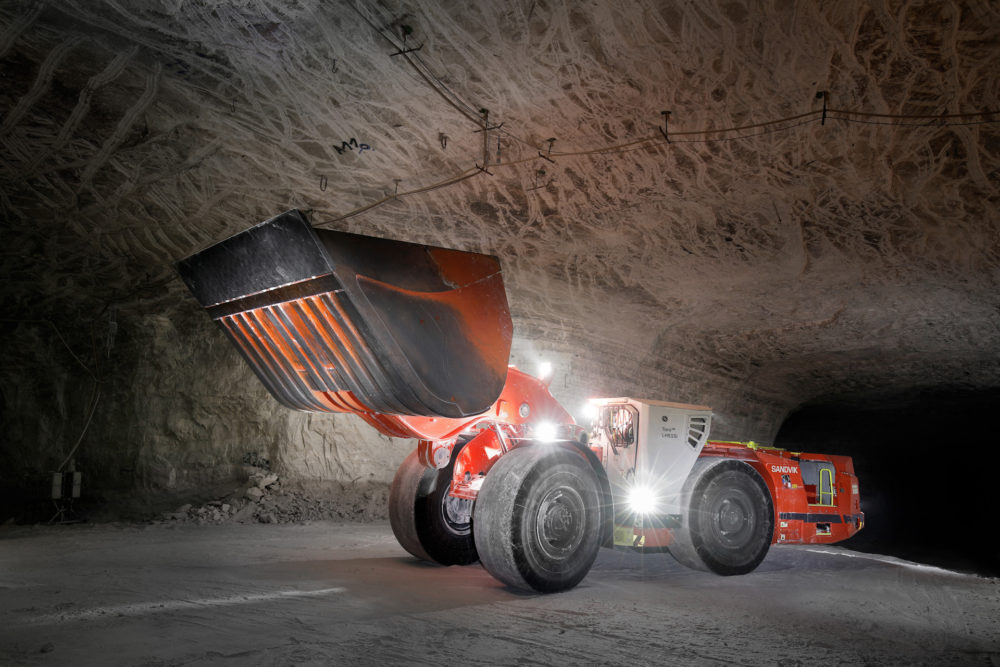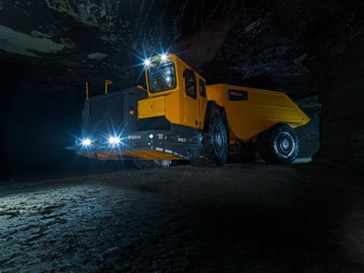Foreign investment needed in Russian gold mining
The chairman of the Russian Union of Gold Producers, Valery Braiko, said that in 2004 Russian gold production increased to 180.5 tonnes, a 2% increase compared with 2003. The 11 major gold mining regions of Russia encompassed 96.2% of the total gold mining output (see table). A slight increase of 2 to 2.5 tonnes is expected in Russian gold output in 2005.
According to the deputy head of the Federal Agency of Mineral Resources, Mr. Bavlov, 630 gold-producing companies and industrial co-operatives (artels) were active in Russia in 2004, 430 of which produced 100 kg/year or more. Only 24 companies produced more than 1,000 kg/year, supplying 63.7% of the total gold output.
The composition of the gold mining output has changed over the last few years. The output from hard rock deposits has increased from 50 up to 85 tonnes/year. In the same period, the placer gold output has decreased from 80 to 74 tonnes/year.
Small placer deposits are an important part of the rural economy, supplying jobs for families in the remote areas of Siberia and the Far East of Russia. Russia has the largest placer and alluvial gold output in the world, but a decrease in federal funding has led to a significant decline in the discovery of placer gold deposits, according to B. Benevolskiy, head of the Central Research Geological Prospecting Institute of Non-Ferrous and Noble Metals (TsNIGRI). Other prospects are secondary deposits of gold, the tailings from previous developments and under-exploited deposits, and the boundary reserves of placer and lode gold deposits.
The Federal Agency for Subsoil Manage-ment has developed guidelines for work in the Russian Federation. Almost 70% of the federal funding for geological exploration in 2005 is allocated to exploration work targeting 107 gold deposits and prospect areas. One of the main goals is to discover large gold-sulphide and gold-quartz deposits that are economically accessible and profitable for development in the near future. Approximately 16% of the total funding is devoted to placer gold deposits.
Challenges for the industry
Several speakers highlighted the long-anticipated amendments of the Subsoil Law, which are expected to be in effect in 2005. The general outcomes of the amendments include concentrating power in the hands of federal authorities, more favourable conditions for domestic companies to develop mineral resources, an attempt to create more incentives and a clear approach to mineral resources prospecting and exploration, and more protection of investors’ rights.
One of the key amendments is that foreign companies will not be permitted to participate directly in mineral resources development. They will still, however, have the option of partnering with domestic companies.
The list of gold deposits discovered and estimated during the Soviet Union era has actually been decreasing, especially the large deposits and the ones in the areas of developed infrastructure. The main challenge for the industry over the next few years is to discover new gold deposits and prepare them for development. The Russian geology and mining industry needs to develop junior mining exploration companies as in the Western World.
The chairwoman of the State Duma’s Natural Resources and Subsoil Use Committee, Natalya Komarova, concluded: “At present, innovation in Russia proceeds according to the following formula: Russian resources, Russian capital plus foreign technologies, equipment, and service arrangements. That formula needs to change to: Russian resources, technology, equipment, servicing and specialists plus foreign capital.”
The next trade show and conference Gold 2006 will be held in February 2006.
Valeriy Volodine is a consultant and the principal of ITDS – International Trade Development Service in Toronto. He can be reached at e-mail volodine@miningcatalog.com or telephone (416) 661-9779.
| Region in Russia | Gold output(tonnes) |
| Krasnoyarskiy krai | 30.35 |
| Magadanskaya oblast | 23.04 |
| Khabarovskiy krai | 20.92 |
| Republika Sakha | 20.22 |
| Irkutskaya oblast | 15.71 |
| Amurskaya oblast | 14.22 |
| Republika Buriatia | 8.22 |
| Chitinskaya oblast | 6.3 |
| Sverdlovskaya oblast | 5.7 |
| Chukotskiy okrug | 4.3 |
| Cheliabinskaya oblast | 3.77 |
| 96.2% of all output = | 152.75 |





Comments